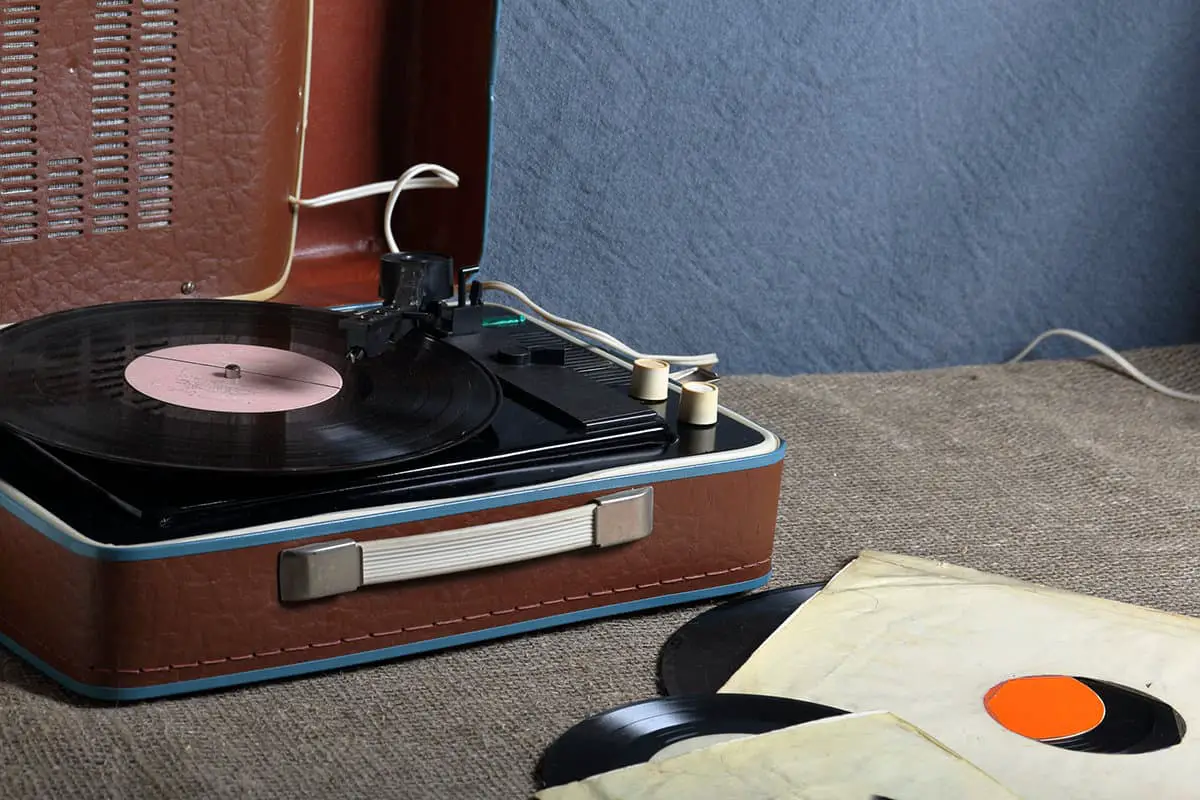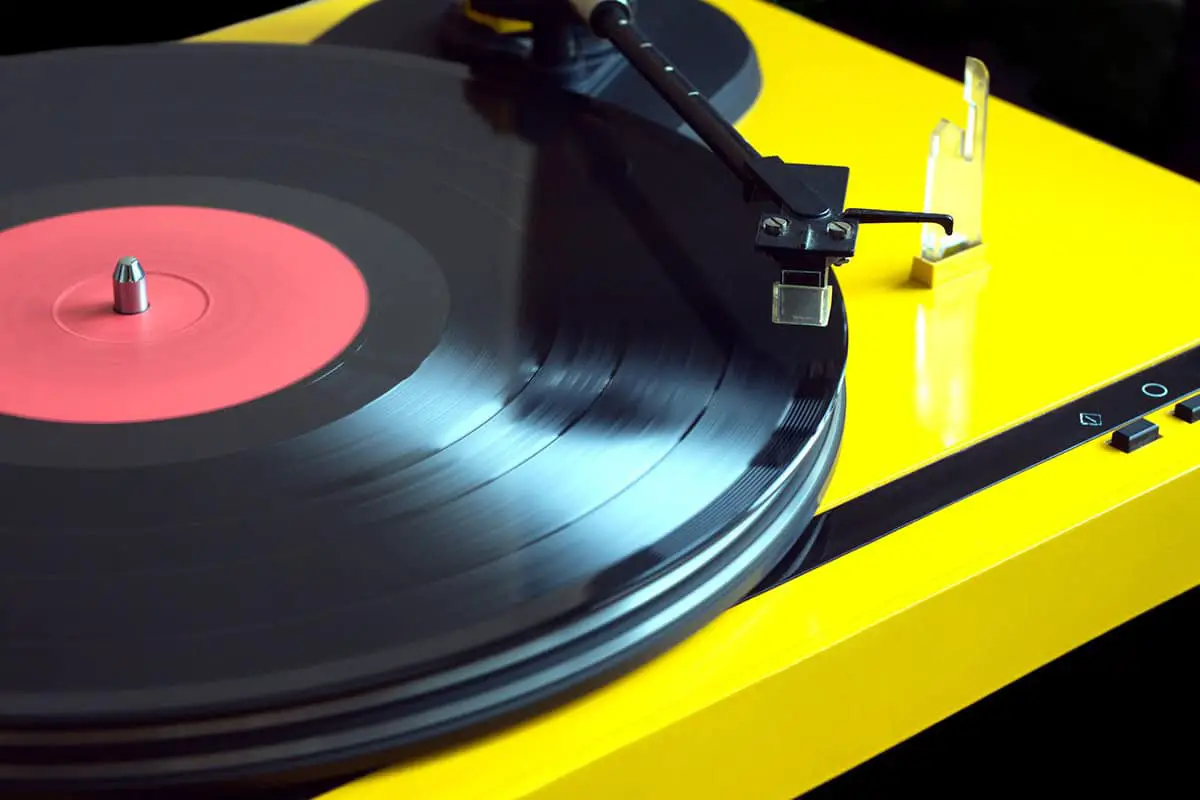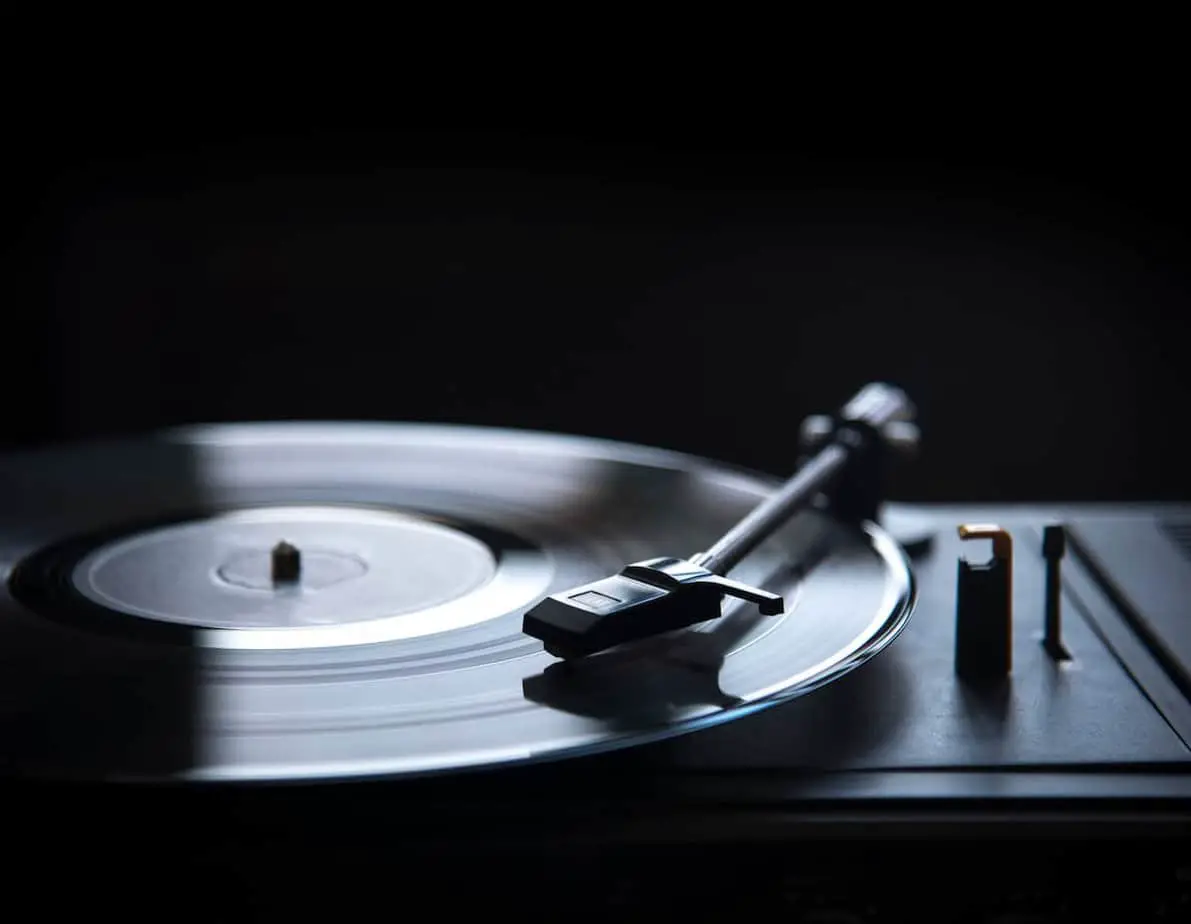This post contains affiliate links.
When your favorite record player stops working so well, it’s time to take it in for a repair. Knowing the costs of repairing a record player is vital before spending any money to ensure the player is worth repairing. In some circumstances, it might be wise to replace the unit merely. But don’t fret; we’ll go over all of this here today to make your life easier.
The costs of repairing a record player vary based on the make, model, parts needed, and labor required to repair. Most repairs are simple, but others that involve high-precision soldering or other specialized repairs can turn out expensive.
Understanding the repairs that record players most commonly require is a fundamental aspect of understanding the associated costs. I’ll take you through the most common of these turntable repairs and some of the costs you can expect. It’s going to help you decide whether to do a repair, upgrade, or replace the turntable altogether, so stick around and let’s go for a spin, shall we?
Table of Contents
The Cost Of Repairing A Record Player Explained

As mentioned, and evident as it may be, I’ll mention that the type of turntable will dictate whether or not a repair is worth doing. If a record player is a budget one, you may not even have the option to get parts. Therefore, it’s advised that you have a rough formula to figure out if it’s worth the repair in the first place.
Here are the formulas I use to determine if I should repair a turntable:
- Value of Turntable < Cost of Repair = Don’t Repair
- ¼ Value of Turntable = Cost of Repair = Repair Turntable or Upgrade/Repair
- ½ Value of Turntable = Cost of Repair = Consider Upgrade
When I use these rules, I take my love for the turntable into account. For example, if you have a solid Technic 1200 base, you may want to keep it forever and upgrade minor components as they break. You have to consider how you use the machine and how comfortable you are with it.
Let’s take a quick look through some of the more common repairs required and what you can expect to pay for them.
Common Record Player Repairs, Descriptions, And Costs
Repair Estimate
Many record player repair services will charge a nominal equipment troubleshooting/repair estimate fee. Some shops will do a preliminary investigation for free, but anything over a minute or two and you are likely looking at the cost of between $50 and $95, depending on the shop. (source)
Broken, Stretched, Or Worn Drive Belt
This repair never happens on direct-drive turntables, but it’s an inevitable repair on a belt drive. Most people don’t bother taking the record player into the shop for this, it’s usually a very straightforward repair. That and the fact that many repair shops carry a 2 to 3 week wait time for turntable repairs, so it usually isn’t worth paying someone to replace the belt when you can likely do the work yourself. (source)
Drive belts for record players start at as little as a few dollars. However, you get what you pay for in the end. Here are a few examples of standard OEM replacement belt costs for standard models:
- Audio Technica $17-$35
- Clearaudio $29-$49
- Crosley $10-$25
- Emerson $10-$25
- Harman Kardon $17-$35
- Magnavox $17-$20
- Pioneer $17-$20
- Technics $17-$30
Drive belts for record players are typically repaired by the owner of the record player. It’s relatively straightforward to replace and is often not worth the price of labor to replace.
If you decide to get someone to replace the belt, you can expect to pay about $60 plus the cost of the belt. This service usually includes a complimentary tune-up and cleaning for the cost as a way of justifying a two-minute repair. (source)
Tip: If your record player is worth less than $100, you may want to consider buying an upgraded turntable instead of replacing the belt.
Cartridge Replacement
Replacing a cartridge is something that all record player owners will need to do at some point or another. Audiophiles who enjoy their records must replace their cartridges more than others, as the greater the use, the greater the wear.
Cartridge replacement can vary widely in cost. Here are two manufacturer examples of the extensive range in cost that a cartridge might cost you:
- Audio Technica
- AT-XP5 DJ Cartridge $79
- AT-F2 MC Phono Cartridge $189
- AT-ART9 Phono Cartridge $990
- AT-ART1000 Cartridge $4,999
- Clear Audio
- Concept V2 MM Phono Cartridge $250
- Performer V2 Ebony Phono Cartridge $450
- Maestro V2 Ebony Phono Cartridge $1,300
- Da Vinci V2 Phono Cartridge $7,000
- Goldfinger Statement Phono Cartridge $16,000
As you can see, you can get cheaper yet name-brand products at relatively low costs. However, you can also get 24-carat gold components with embedded diamonds. I’m not kidding; the Goldfinger cartridge is literally machined from gold and has a ½ carat diamond embedded. (source)
So, what kind of record table repair do you need?
The cartridge replacement is likely the most common repair amongst all record players despite make or model. Different cartridge mounting types exist, so if you do decide to upgrade to a non-OEM model, you may require an adapter plate of sorts to accommodate a different mounting arrangement.
Tune-Up And Cleaning
A common repair required for record players is the basic tune-up and cleaning service. This repair service usually costs in the neighborhood of $60 to $75 for most turntable brands. The repair usually includes calibration of the tonearm counterbalance and detailed and delicate cleaning of all components. Turntables with built-in brakes, like those used for DJing, may also include having the brakes adjusted. Some service repair shops include a new drive belt in the tune-up service if the turntable is a belt-drive type.
Tonearm Issues
There are several issues that a tonearm might have that may include:
- Lowering too fast – counterbalance adjustment most likely cause
- Wandering to one side – check if the record player is on a level surface
- Won’t lower completely – check counterbalance adjustment or limit screw
Most issues involving the tonearm are easy to repair, and thus you shouldn’t have to pay anything for most of these minor issues. Usually, an adjustment is all that is required. However, if you aren’t sure and frustrated, you could bring the turntable into a general cleaning and tune-up shop. Usually, service shops will include a minor adjustment like that of tonearm counterbalance or similar in a tune-up/cleaning cost. Typically you will be looking at anywhere from $60 to $75 for this service.
Another not-so-common issue with the tonearm is the failure of the cables. Sometimes a cable just has a bad spot on it and needs replacement. The cables will be very fine and easy to damage, so extreme caution is required.
Many tonearm cables are plug and play, but some models will require skill with soldering. You will need to remove the cartridge and possibly part of the unit’s underbelly to expose where the cables need to be fed through the tonearm and counterbalance assembly.
Replacing tonearm cables is a repair usually best left to a repair shop. The part is typical at $10 to $45 for most models and makes of the turntable; however, the higher-end models like Clearaudio will cost considerably more, depending on the model the cable set is made to suit.
Power Source Repairs
One of the less common issues that turntables may face is a failed power source. Typically a transformer, this repair can be more involved than you may want to take on yourself. For starters, you’ll likely need some experience with soldering electronics.
Typically, when an internal component of a record player such as a transformer goes, I recommend taking it into the shop. Here’s where you need to look at whether or not it’s worth it.
Most repair shops will charge between $60 and $150 in labor to replace an internal component like a transformer. Likely, the cost of the part will be in addition. Depending on the make/model, the part can range from $25 to $400 or more. Use the formula for this to decide if it’s worth paying for the repair.
VacationVinyl.com is a participant in the Amazon Services LLC Associates Program, an affiliate advertising program designed to provide a means for sites to earn advertising fees by advertising and linking to Amazon.com. We also participate in other affiliate programs which compensate us for referring traffic.



